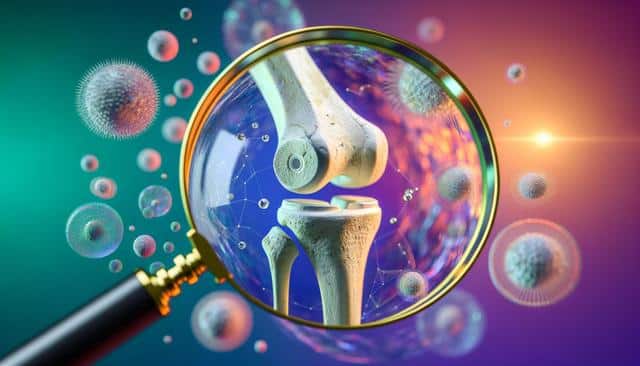
Battling Joint Pain: Symptoms to Watch For and the Most Effective Treatments
Understanding Joint Pain and Its Common Causes
Joint pain is a widespread issue that affects people of all ages and backgrounds. It can stem from a variety of causes, ranging from temporary injuries to chronic medical conditions. Understanding the root of joint discomfort is the first step toward finding relief. Common causes include arthritis, bursitis, gout, sprains, and repetitive stress injuries. Each condition presents its own set of challenges, but they often share similar symptoms that signal something is amiss in the joints.
Arthritis is one of the leading causes of joint pain and comes in several forms, including osteoarthritis and rheumatoid arthritis. While osteoarthritis is typically a result of wear and tear, rheumatoid arthritis is an autoimmune disorder. Injuries and overuse can also lead to inflammation and pain, even in otherwise healthy joints. Identifying the underlying cause helps determine the most effective treatment strategy, whether it’s rest, medication, or physical therapy.
Key Symptoms to Watch For
Joint pain can be subtle at first, but paying attention to early signs can prevent long-term damage. Recognizing the symptoms early on allows for timely intervention and better outcomes. Common symptoms include:
- Stiffness, especially in the morning or after periods of inactivity
- Swelling around the affected joint
- Redness or warmth in the joint area
- Reduced range of motion
- Aching or throbbing pain, either constant or triggered by movement
In some cases, joint pain may be accompanied by fatigue or general malaise, which could indicate an underlying inflammatory condition. If symptoms persist for more than a few days or worsen over time, it is advisable to consult a healthcare provider for evaluation and diagnosis. Early treatment can often prevent further joint deterioration and improve quality of life.
Highly Effective Treatments for Joint Pain Relief
Treatment options for joint pain vary depending on the cause and severity of the condition. A combination of approaches often yields the best results. Non-invasive treatments are typically the first line of defense and can include:
- Over-the-counter anti-inflammatory medications
- Cold and heat therapy applied to the affected area
- Physical therapy to strengthen surrounding muscles
- Low-impact exercises like swimming or cycling
For more persistent or severe cases, healthcare providers may recommend corticosteroid injections, prescription medications, or even surgical intervention such as joint replacement. Lifestyle adjustments, including a balanced diet and weight management, can also play a significant role in reducing joint stress and inflammation. It’s important to work with a healthcare professional to develop a treatment plan tailored to individual needs and conditions.
Natural and Preventive Approaches
In addition to medical treatments, many individuals find relief through natural and preventive measures. These approaches often support overall joint health and may reduce the frequency or intensity of joint pain episodes. Some effective strategies include:
- Maintaining a healthy weight to reduce pressure on joints
- Incorporating anti-inflammatory foods such as leafy greens, nuts, and fatty fish
- Engaging in regular, low-impact physical activity
- Using ergonomic tools and furniture to support joint alignment
Supplements such as glucosamine, chondroitin, and omega-3 fatty acids are also commonly used to support joint health. However, it’s essential to consult with a healthcare provider before starting any supplement regimen. Preventive care, including regular check-ups and monitoring joint function, can help catch early changes before they become more serious.
When to Seek Professional Help
While many instances of joint pain can be managed at home, there are situations where professional medical guidance is necessary. If pain is severe, sudden, or accompanied by other symptoms such as fever, weight loss, or joint deformity, it could signal a more serious condition. Timely diagnosis and treatment are crucial in managing chronic joint diseases and preventing complications.
Medical professionals may use diagnostic tools such as X-rays, MRIs, and blood tests to determine the cause of joint pain. Based on the findings, they can recommend targeted therapies that address both symptoms and underlying causes. Delaying treatment can sometimes lead to irreversible joint damage, so recognizing the importance of medical evaluation is key to long-term joint health.
Conclusion: Managing Joint Pain for a Better Quality of Life
Joint pain can be disruptive, but with the right knowledge and resources, it is possible to manage and even reduce its impact. From recognizing early symptoms to exploring a variety of treatment options, individuals can take proactive steps toward maintaining healthy joints. Combining medical care with preventive lifestyle choices offers the best chance for long-lasting relief and improved mobility. Staying informed and attentive to your body’s signals is an essential part of the journey to joint wellness.


